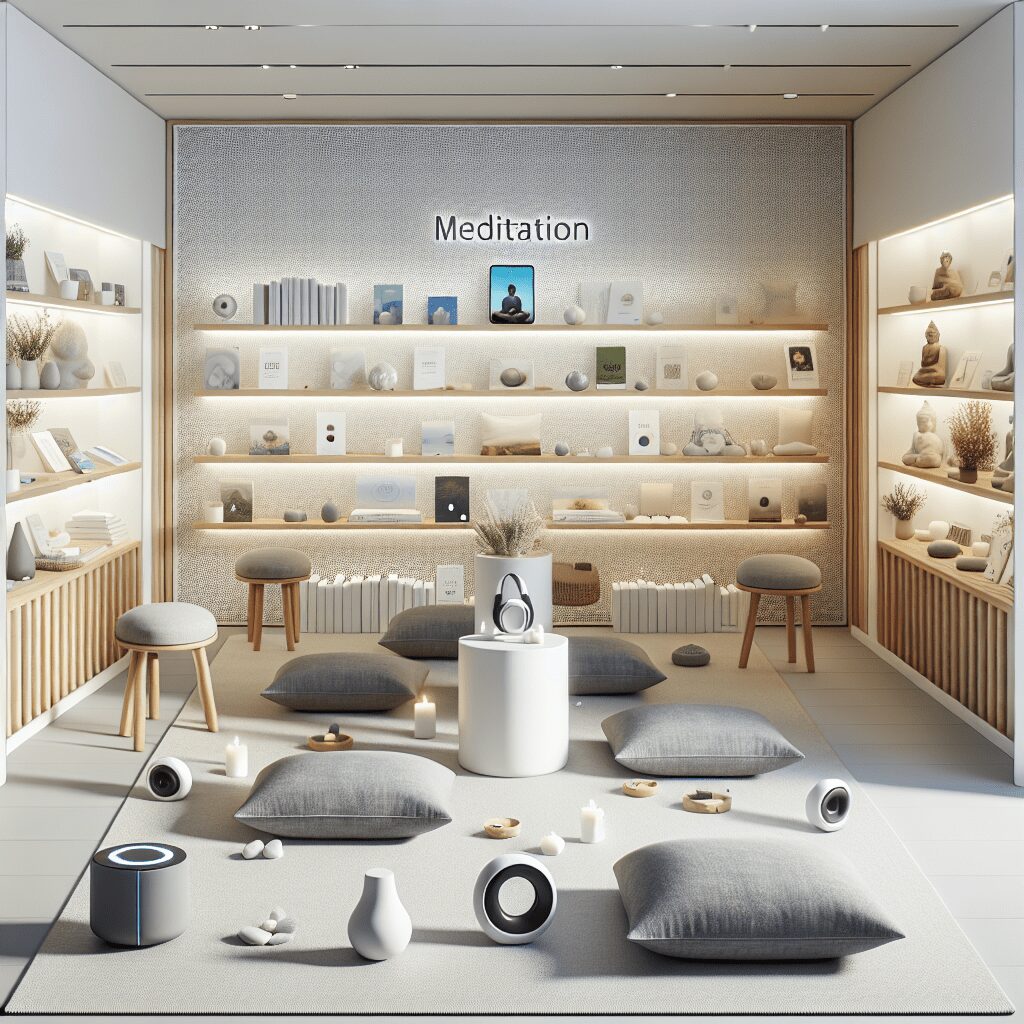
Prioritize your mental well-being daily. Enhance your life by nurturing your mental health with the Smart Meditation app. Break free from stress, alleviate anxiety, and enhance your sleep quality starting today.
Can You Have An Anxiety Disorder Without Panic Attacks?
Unraveling the Mysteries of Anxiety Disorders
When most folks conjure images of anxiety disorders in their minds, it’s all too common for them to picture someone in the throes of a panic attack—sweaty palms, heart hammering like a drum solo, and breath coming in short, sharp gasps. But hold your horses! Anxiety, that sneaky beast, doesn’t always rear its head in such a dramatic fashion. In reality, it’s a complex carousel that goes round and round, often without the hallmark panic attacks many associate with the disorder. Dive deeper with us as we debunk myths and shine a light on the less visible aspects of anxiety disorders.
Anxiety: More Than Meets the Eye
Believe it or not, anxiety disorders come in various shapes and sizes, each with its unique set of symptoms and triggers. You’ve got your Generalized Anxiety Disorder (GAD), where worry is the unwanted guest that just won’t leave. Then there’s Social Anxiety Disorder, where social interactions feel like you’re walking through a minefield blindfolded. And let’s not forget Obsessive-Compulsive Disorder (OCD) and Post Traumatic Stress Disorder (PTSD), each adding their flavor to the mix. The one thing they all share? Panic attacks aren’t a required ingredient for diagnosis.
1. It’s All in the Details
Those living with anxiety disorders sans panic attacks might find their experiences aren’t taken as seriously. But here’s the thing—a racing heart and cold sweats are just the tip of the iceberg. Anxiety can be stealthy, masquerading as chronic worry, restlessness, and a constant sense of doom. Toss in trouble concentrating, sleep disturbances, and a knack for expecting the worst, and you’ve got a recipe for an invisible battle that’s every bit as real.
2. The Tip-Off
So, if not by panic attacks, how can one spot an anxiety disorder lurking in the shadows? It’s all about patterns and impacts, folks. Does worry snatch away your focus, making even simple tasks seem Herculean? Is the fear of judgment keeping you from the social whirl? Are certain thoughts or fears on a never-ending loop in your mind? If these persistent and pervasive symptoms are cramping your style, it may be time to enlist professional help.
Stepping Toward the Light
Recognizing an anxiety disorder without the drama of panic attacks is the first step on the road to reclaiming control. Here’s a rundown on making peace with your brain’s more overzealous tendencies:
- Knowledge is Power: Arm yourself with information. Knowing the enemy helps in strategizing a battle plan.
- Seek Professional Counsel: A therapist can be your guide through the chaotic landscape of anxiety. They’re like a GPS for navigating mental health challenges.
- Mindfulness and Self-Care: Meditation, exercise, and proper nutrition aren’t just buzzwords—they’re tools in your arsenal.
- Connect with Others: Support groups offer the camaraderie of fellow travelers on this winding road. You’re not alone, even when it feels like it.
A Silver Lining
While navigating the complexities of an anxiety disorder without panic attacks can feel like you’re stuck between a rock and a hard place, understanding the nuances gives us a clearer path forward. It’s about recognizing that anxiety has many masks and that suffering silently isn’t the only option. By shedding light on these less understood aspects, we can pave the way for more empathy, better treatments, and a sense of community among those affected. Remember, in the realm of mental health, every experience is valid, and every step toward understanding is a step toward healing.





